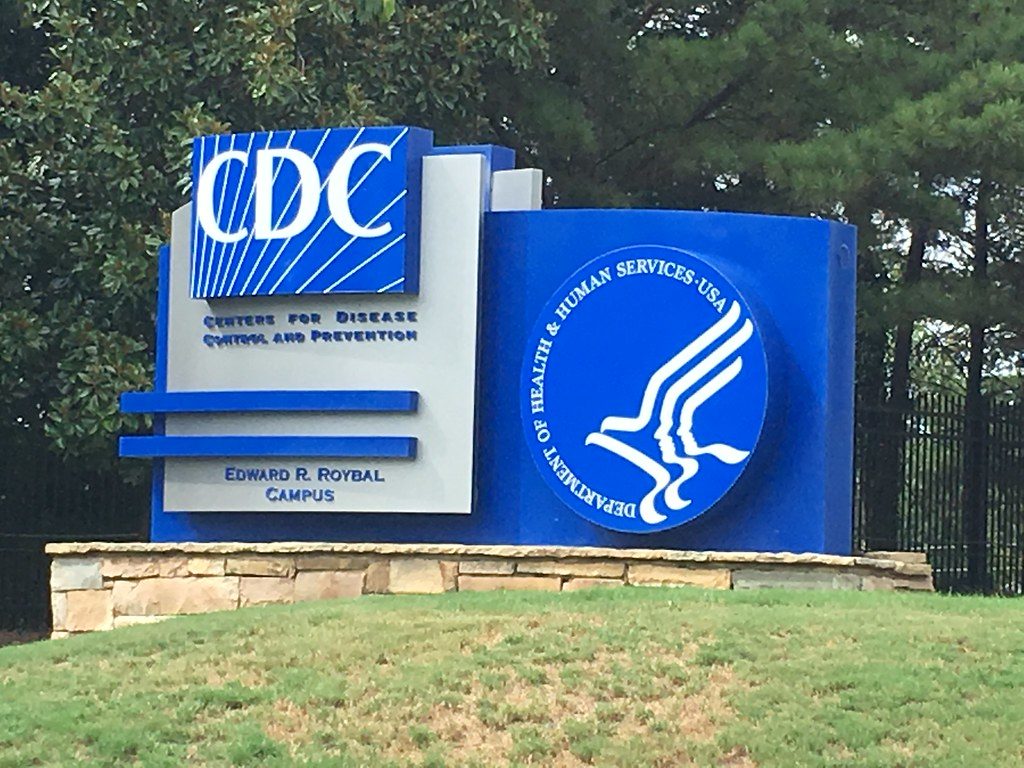Farmers, livestock facilities and poultry processing establishments need to provide better solutions in order to prevent contaminated food products from manifesting in their facilities and stop foodborne illness, according to the Centre for Disease and Control Prevention (CDC).
The institutes latest research report finds foodborne illnesses like Campylobacter, Salmonella, and Cyclospora have risen significantly between 2015 and 2018. However, this could be due to advancements in food safety inspections such as culture-independent diagnostic tests. This type of monitoring can identify bacteria causing illnesses without having to culture or grow it in laboratories.
The rising epidemic of foodborne illness was monitored through the CDC’s “Foodborne Diseases Active Surveillance Network”, also known as “FoodNet.” The network was used in part of their emerging infections program, to identify eight of the most common foodborne bacteria in America, within the top ten US diagnostic laboratories. The information came from the CDC in collaboration with other health departments such as the United States Department of Agriculture Food Safety Inspection Service (USDA-FSIS) and the Food and Drug Administration (FDA).
During 2018 the FoodNet’s preliminary data found foodborne illnesses in America caused 25,606 infections and 5,893 hospitalizations leading to a total of 120 deaths.
The most common food-borne illnesses identified per 100,000 people were Campylobacter and Salmonella. However, the parasite Cyclospora also rose significantly from 2015 to 2018 due to large outbreaks found in produce last year.
According to the CDC report, Campylobacter has been a common intestinal bacteria infection since 2013. It disrupts the intestinal tract and can cause diarrhea and bleeding. The bacteria as a foodborne pathogen develops mostly from poultry’s feces and lives in the intestines of chicken, therefore, people who don’t cook their meat properly can be prone to contamination.
The FoodNet’s data shows Campylobacter was the highest risk of foodborne infections in the US in 2018. With 19.5 cases per 100,000 people, demonstrating that the bacterial infection jumped 12 percent when compared to previous years.
This has led USDA-FSIS to advance its testing methods when examining Campylobacter in food. The group’s latest study found traces of Campylobacter in 18 percent of chicken carcasses tested and 16 percent of other chicken parts examined. They are currently undergoing updates to their performance standards to help solve this rising threat amongst suppliers and consumers in food the industry.
In addition, the Salmonella serotype known as Enteritidis comes in second place. It lives in the intestines of birds, animals, and humans and can affect both chickens and their eggs. According to the Food and Drug Administration (FDA) 79,000 Americans are infected by eggs that contain Enteritidis leading to 30 deaths annually. Due to this high contamination rate, the FDA implemented an updated “Egg Safety Final Rule” back in 2012. The guidelines state poultry houses that tend to over 3000 hens with eggs that don’t receive pasteurization, must be refrigerated throughout storage and transportation.
In 2018, the USDA-FSIS reported a multi-state outbreak of Enteritidis, this was due to 22 percent of chicken suppliers failing to comply with the FDA’s salmonella standards. According to the FoodNet data, 18.3 cases of Enteritidis infections occurred in 2018 per 100,000 people, showing a 9 percent increase from previous years and making it fall in second place for most common food pathogen.
The report also indicated Cyclospora as a rising contaminant, although it is not in the top 3 foodborne illnesses it has shown a significant increase. In 2018 there were 7 cases per 100,000 people, which shows an increase of 399 percent from 2015 to 2017.
While poultry was listed as the main food source susceptible to the previous contaminants, fresh produce has also shown an increase in foodborne infections. According to the FoodNet data, Shiga Toxin-Producing Escherichia Coli(STEC) 0157 was the cause of the large scale romaine lettuce outbreak in 2018. This strain of E-coli ranked number three in terms of most common food pathogen and is mostly found in the feces of cows and sheep.
The CDC report suggests suppliers still have a lot to learn if they want to prevent foodborne contaminants from developing in their facilities. Heightened traceability through blockchain data systems has been billed as a potential solution to the issue, while the FDA plans to roll out the “Produce Safety Rule” this spring, which will make both large scale domestic and foreign exports of fresh produce subject to more rigorous safety inspections.
—












Join or login to leave a comment
JOIN LOGIN